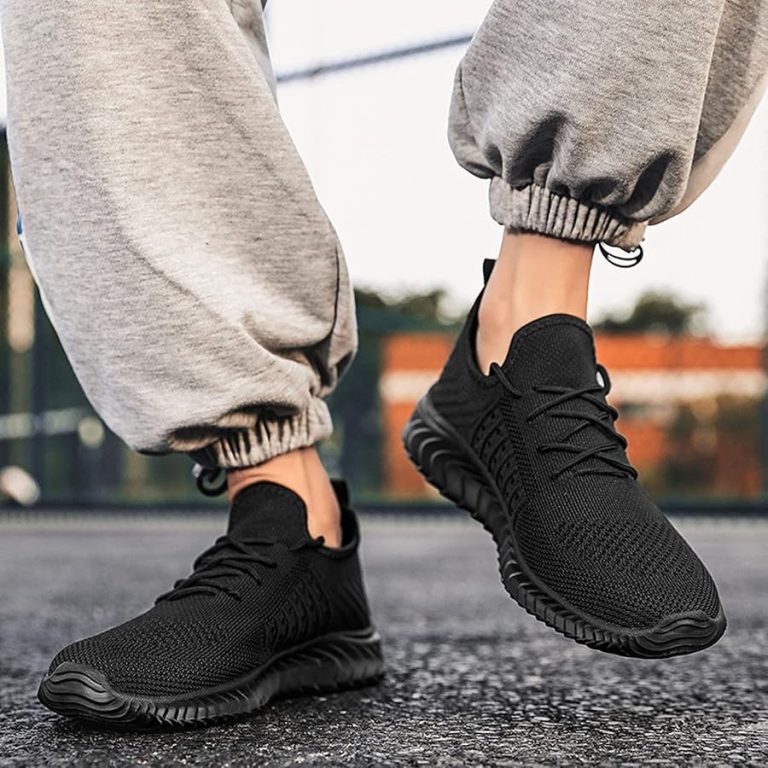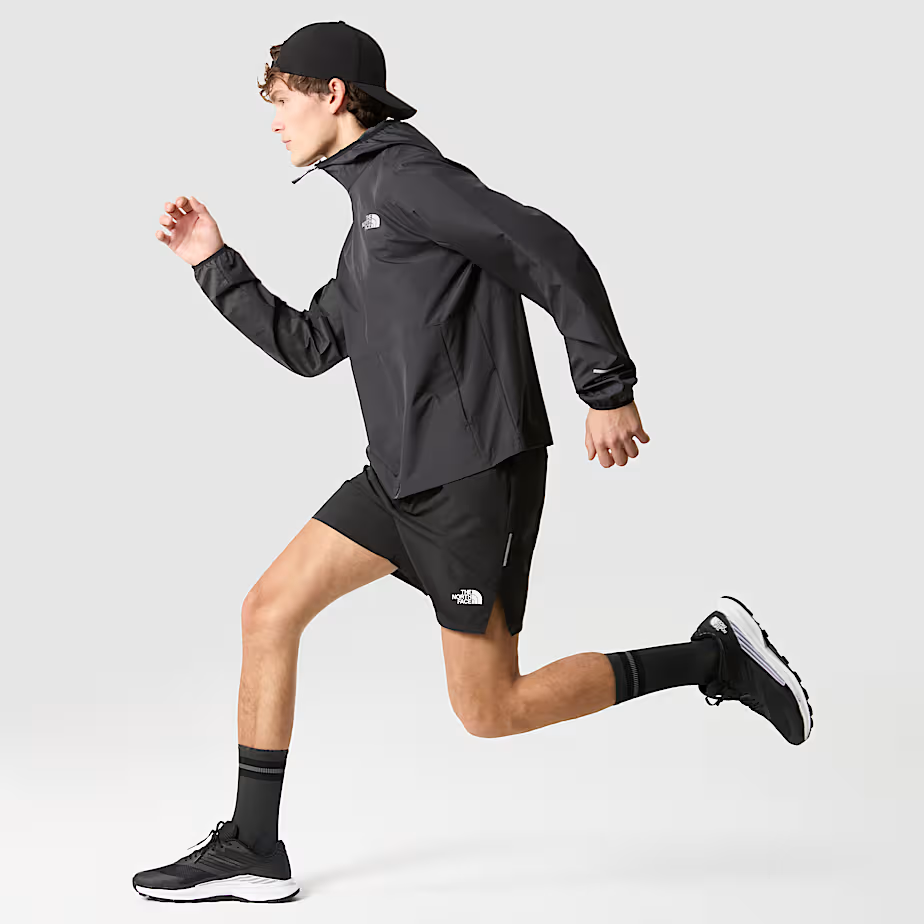
Understanding Running Shoes Drop: What It Means for You
Introduction to Heel-to-Toe Drop
Heel-to-toe drop is a key feature in running shoes. It’s the height difference between the heel and the forefoot. Measured in millimeters, drop values range from 0 to more than 15mm. This measurement affects how the shoes guide your feet during running.
Different runners need different drops based on their unique stride. The right drop can enhance comfort and reduce injury risk. Meanwhile, the wrong drop may lead to strain on muscles and tendons. Selecting the proper drop is crucial for runners, both beginners and experienced.
As you run, your heel might strike the ground first, or you may land on your midfoot or forefoot. Shoes have various drop levels to match these running styles. Knowing your style helps pick the right drop, which in turn supports your natural running motion.
Experts suggest analyzing your running gait before choosing a drop. Specialized running stores can help with this analysis. They use tools like sensors and slow-motion video for precision.
Remember, comfort is vital when it comes to heel-to-toe drop. Don’t rush into a new drop without considering the impact on your body. Lower drops might require an adaptation phase as they promote a more natural foot position.
In summary, understanding heel-to-toe drop can help you make a better shoe choice. The goal is to find the right drop for your natural stride and running habits.

Importance of Selecting the Right Drop for Your Stride
Selecting the right heel-to-toe drop for your running shoes is critical. The right drop aligns with your natural stride, preventing injury and discomfort. A mismatched drop can cause muscle and tendon strain. You might need to adjust your stride unnaturally, leading to pain or injury.
Consider your stride and how your foot strikes the ground. A heel-first strike often pairs well with a regular drop, more than 6mm. A forefoot or midfoot strike may call for less than 6mm, a low drop closer to barefoot running. Take note of any aches or injuries when assessing your current drop. They may suggest that your drop-degree does not match your stride.
Professional gait analysis can pinpoint your natural foot strike. Running stores with the right tools can provide this service. Such an analysis can guide you in selecting the appropriate shoe drop. It utilizes slow-motion videos and sensors for accuracy.
In essence, the importance of heel-to-toe drop lies in its impact on your running health and efficiency. The right choice complements your stride, enhances performance, and maintains comfort. Always aim for harmony between your natural stride and the drop of your running shoes.
Categories of Heel Drop in Running Shoes
Categorizing heel drops helps to understand their impact on running mechanics. Different drops vary in millimeters and are suited to distinctive running styles. Here’s a breakdown of the common categories:
Zero Drop (0mm)
Zero drop mimics barefoot running. Heel and forefoot are level, promoting a natural stride. It may suit experienced runners who favor a midfoot or forefoot strike. However, transitioning to zero drop requires caution and an adjustment period. It’s crucial for injury prevention.
Low Drop (1-4mm)
Low drop offers a slight elevation, still encouraging a natural gait. It supports runners transitioning from traditional to more minimalistic shoes. This drop helps in maintaining a more natural foot motion close to barefoot running but with some cushioning.
Mid Drop (5-8mm)
Mid drop strikes a balance. Not too flat and not too steep, it caters well to a broad range of runners. It’s often recommended for those who heel strike or have a neutral gait. This range is versatile, suitable for various distances and terrains.
High Drop (8+ mm)
High drop gives more heel cushioning, often preferred by heel strikers. It puts less strain on the forefoot by elevating the heel. This drop is common in traditional running shoes and may reduce stress on the Achilles tendon.
Each drop category targets specific running mechanics and preferences. It’s essential to align your choice with your natural running style for optimal comfort and performance.
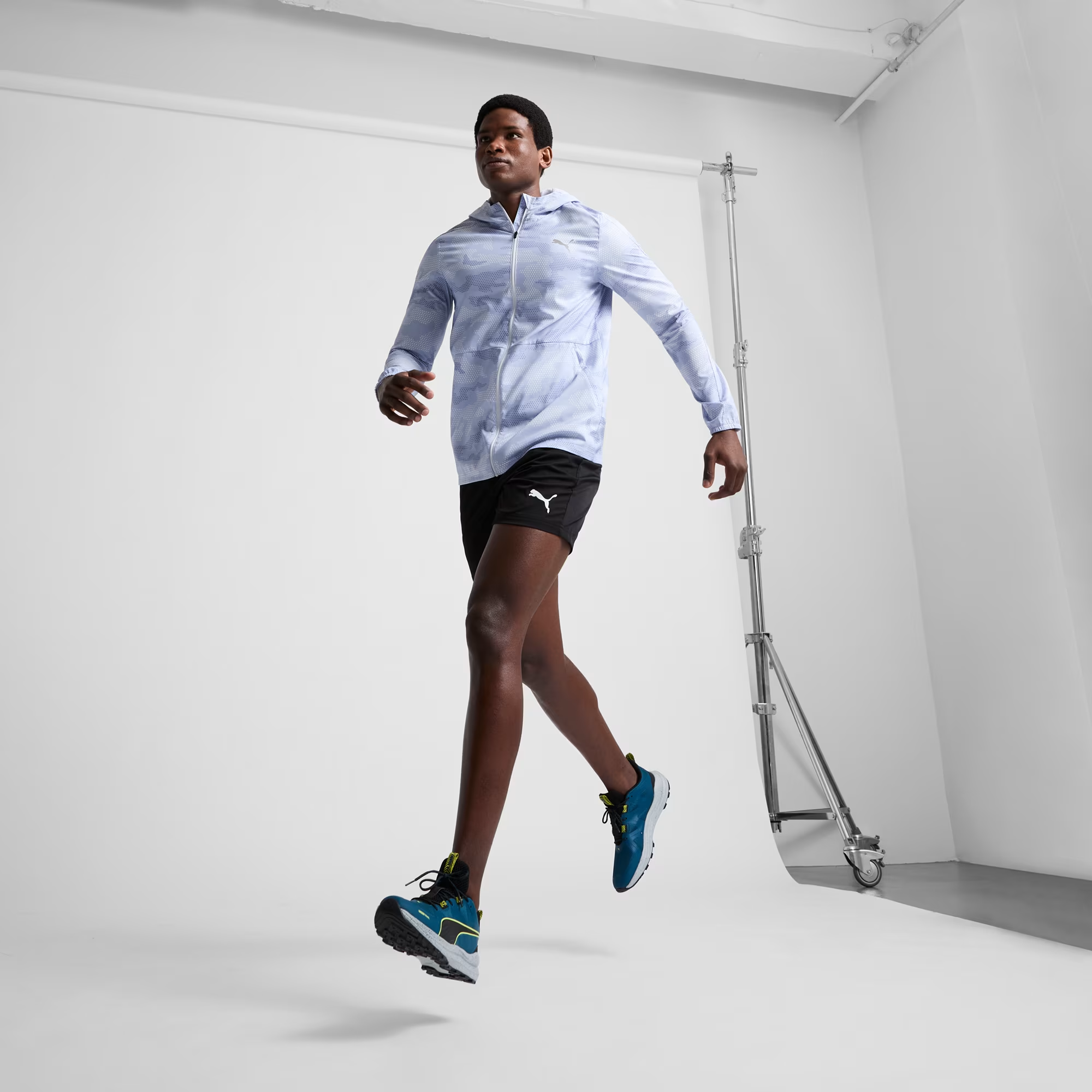
How Different Drops Affect Running Mechanics
Influence on Foot Strike
The heel-to-toe drop in running shoes influences how your foot strikes the ground. A higher drop can cause your heel to strike first. Lower drops tend to promote a midfoot or forefoot landing. This is critical to consider because your foot strike affects your running efficiency and risk of injury.
Implications for Running Posture and Technique
Running shoes with varying drops can alter your posture and how you run. A lower heel drop may encourage a more forward-leaning posture and a natural strike. In contrast, a higher drop can lead to a more upright stance and a different technique. Choosing the right drop can help maintain good posture and technique.
Impact on Muscles and Tendons
Different drops place varying stresses on muscles and tendons. Lower drops can increase the workload on your calves and Achilles tendon. Higher drops may shift the focus to your knees and hips. Selecting a heel drop that complements your physiology can minimize stress and the potential for injury.
Choosing the Optimal Heel Drop for Your Running Style
Choosing the right heel drop is personal. It should match how you run. Here’s how to find yours.
Analysis of Running Gait
Your running gait tells which drop you need. Have your stride checked at a running store. They use sensors and videos to study your step. This data helps pick a shoe drop that fits your style.
Considering Terrain and Running Distance
The terrain impacts drop choice. Trails may need lower drops for better ground feel. Long distances can change your foot strike. Your legs get tired, and this changes how you land. So, choose a drop that fits your most common running surface and distance.
Heel Drop and Injury Prevention
The right drop can prevent injuries. If you have a history of certain injuries, consider this when picking a drop. Lower drops work ankles more, high drops stress knees more. Keep past aches in mind. They could guide your heel drop decision.
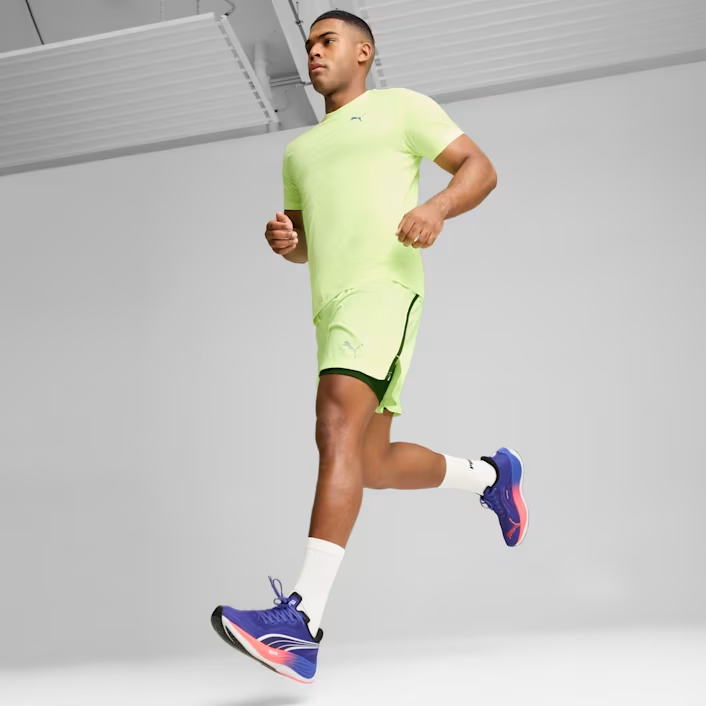
Transitioning to a New Heel Drop Safely
When you switch to a new heel drop in your running shoes, safety is crucial. Your body needs time to adapt to the new style. This can prevent injury and make the transition smoother. Here are key points to ensure a safe change.
Adaptation Period
An adaptation period is necessary when changing the drop in running shoes. This is a time for your body to adjust. Your muscles and tendons will learn to work in new ways. Start with short, easy runs in the new shoes. Slowly build up as you feel more comfortable.
Muscle soreness is normal, but sharp pain is not. Listen to your body’s signals. If you feel pain, take a break or consult a specialist. The goal is to ease into the new drop without hurting yourself.
Gradual Approach to Changing Heel Drop
Take a gradual approach to switch heel drops. Don’t rush the process. Mix in your old shoes with the new ones at first. This can help your body adjust without too much stress.
As part of this gradual change, think about your running habits. Keep track of how you feel during and after runs. Adjust your approach based on these observations. Over time, your body will become used to the new heel-to-toe drop.
Be patient and give your body the chance to adapt safely to a new running experience.
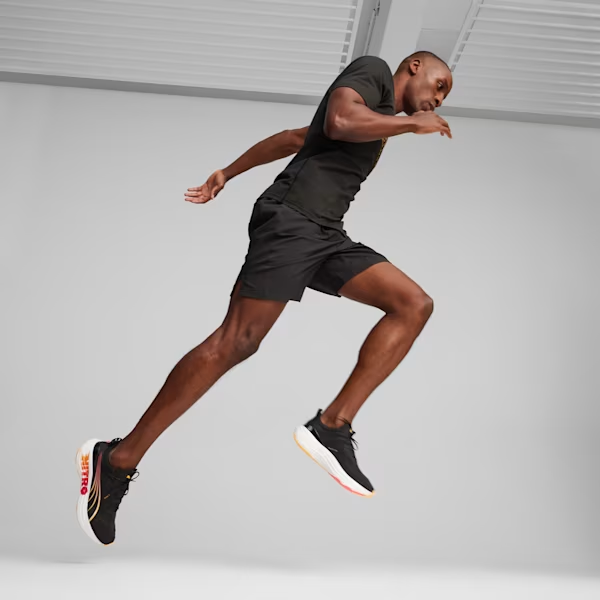
Conclusion: Personalization Is Key
Choosing the right heel drop in running shoes is deeply personal. Here’s why:
- Your body is unique: What works great for one runner may not suit another.
- Running goals vary: Maybe you’re running short distances on tracks or long trails in the woods.
- Past injuries matter: A drop that prevents new injuries might be crucial for some.
- Comfort is king: If a shoe doesn’t feel right, running won’t be enjoyable.
To wrap up, the perfect heel drop depends on your feet, running form, and what feels right. Listen to your body, consider your running experiences, and choose a drop that matches. It’s not just about being right or wrong; it’s about what’s optimal for you.
Finding your ideal drop might take time and testing, but in the end, it’s worth it. This understanding sets the foundation for a positive and healthy running journey. So, take your time, test different drops, and when you find the one that clicks, stick with it. Run comfortably, run injury-free, and most importantly, run happy.
